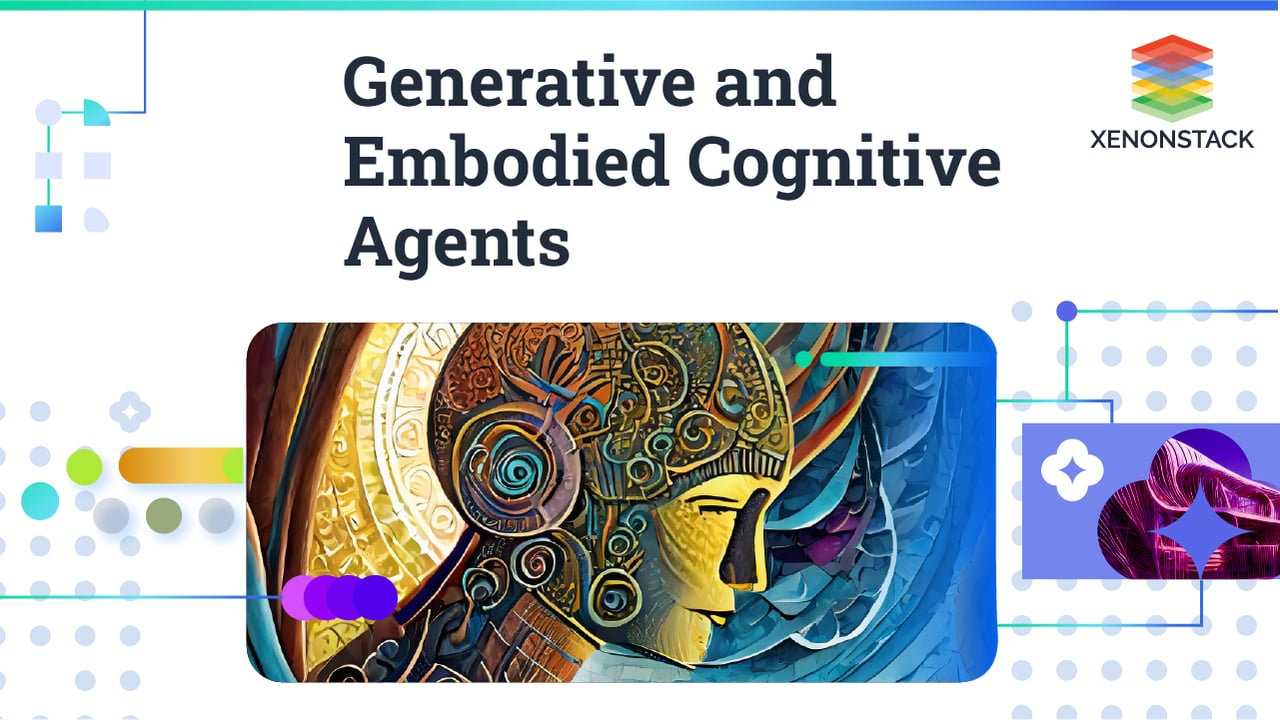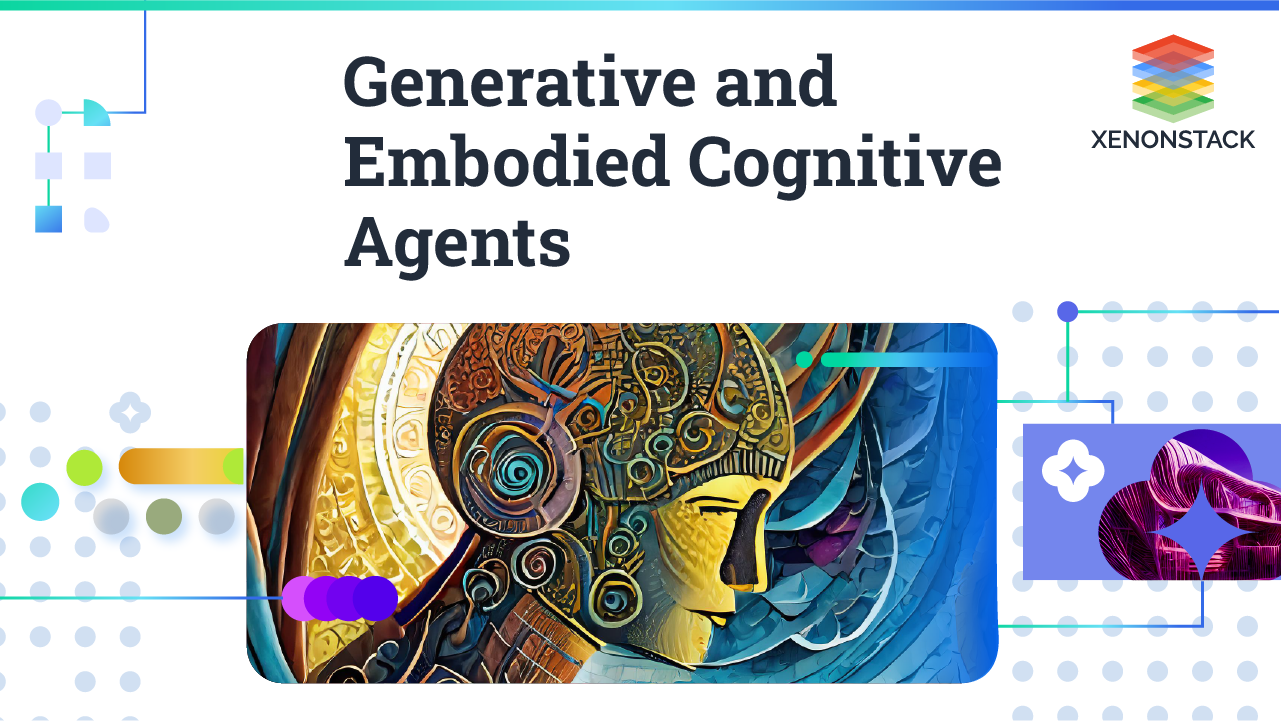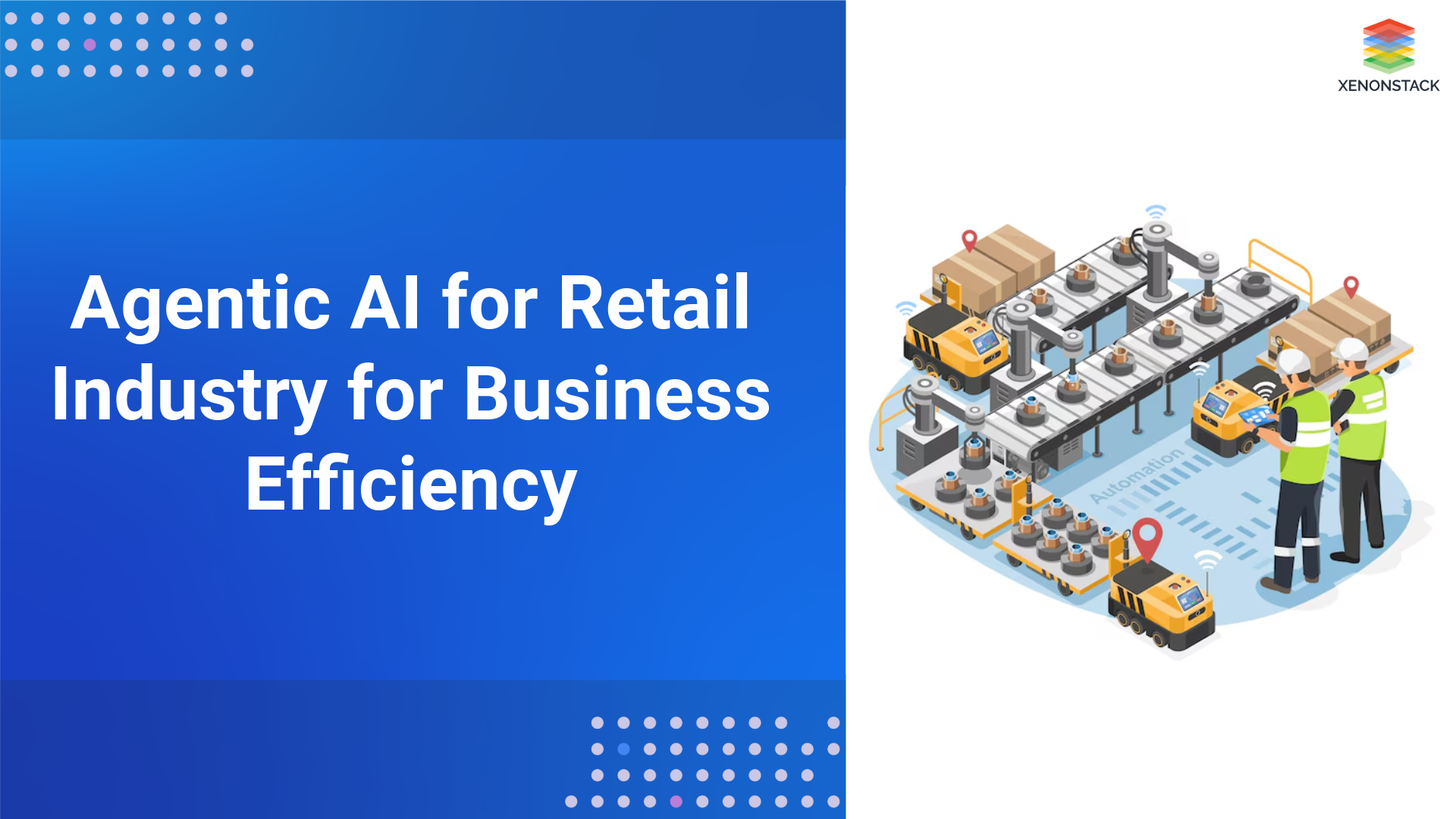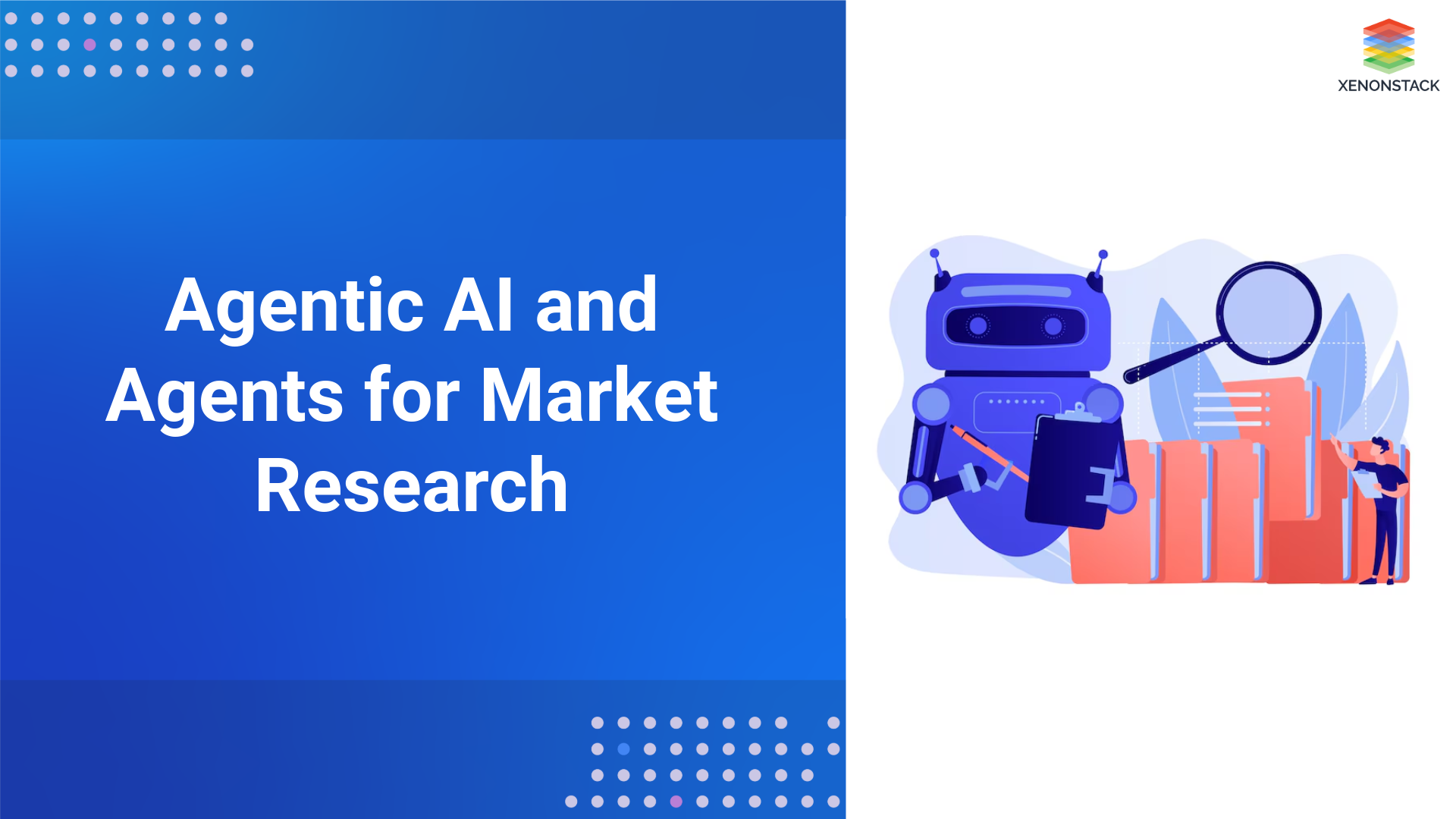
Generative Agent Architecture
Generative Agents are designed to function effectively in an unpredictable world by interacting with other agents and adapting to changes in their environment. These agents gather information about their current surroundings and experiences and generate behavior as output. To achieve this, they use a unique agent architecture that combines a large language model with mechanisms for synthesizing and retrieving relevant information to condition the language model's output. Generative LLM algorithms are utilized, often based on neural networks or probabilistic models, to generate synthetic data instances that resemble a given dataset. The main feature of generative agent architectures is their ability to produce unique outputs that share similarities with the training data without being identical copies.
These mechanisms are necessary to ensure that the output behavior of a large language model is based on past experiences, does not draw essential inferences, and maintains long-term coherence. Generative Agent Architecture comprises three main components:
1. Memory and Retrieval
The memory stream is a module that stores the agent's long-term experiences in natural language. A memory retrieval model incorporates relevance, recency, and importance to surface the necessary records to inform the agent's moment-to-moment behavior.
2. Reflection
Reflection allows the agent to better guide behavior by synthesizing memories into inferences over time.
3. Planning and Reacting
High-level action plans are created through planning by translating conclusions and the current environment recursively into detailed behaviors for action and reaction. These reflections and dreams are fed back into the memory stream to influence the agent's future behavior.

Trustworthiness of Generative Agent Architecture
The trustworthiness of Generative Agent Architecture can be enhanced by aligning goals with affordances and goal-directed perception.
1. Designed Goals vs. Embodied Goals
Generative Large Language Models (LLMs) are designed to produce natural language output. However, using them for purposes they were not intended for can make them unreliable. For instance, using an LLM as an internet search engine can result in inaccurate answers. LLMs share different goals than humans regarding producing accurate output.
Learn more about Large Language Models
2. Affordances
Perceiving the environment based on how it can meet its needs is a widespread practice for humans and animals when solving a problem. For example, while grasping an object, one looks for specific features that aid in grasping. However, Language model systems (LLMs) can sometimes fail to detect the appropriate affordances that match the user's needs, especially when there is a mismatch between their goals and LLM design. Despite being generative at various language levels, LLMs can only sometimes help solve the problem that users present in the form of a prompt. This is because they can learn irrelevant associations during training and fail to detect the affordances of producing accurate output. For instance, LLMs can learn to write in a particular linguistic style. Still, they might only deliver accurate content if designed to detect the affordances of producing precise output. Our point is that generativity should operate on affordances because it is essential to meet the user's needs.
3. Goal-directed Perception
Interacting with the environment is a complex cognitive process agents perform to achieve their goals. They only perceive opportunities that are in line with their goals and capabilities. Perception is not about discovering the intrinsic properties of the environment but rather about identifying properties relevant to the agent's current goal.
Embodied Cognitive Agents
Embodied Cognitive Agents are intelligent entities with a physical presence, allowing them to interact with the environment through integrated sensory perception, motor skills, and cognitive capabilities. These agents simulate human-like interactions with the world, bridging the gap between perception, action, and cognition.
The critical characteristics of Embodied Cognitive Agents are as follows:
1. Embodiment
These agents possess a physical form, which enables them to perceive and manipulate the environment.
2. Sensorimotor Integration
Integrating sensory information and motor actions facilitates adaptive responses to the surroundings.
3. Goal-Directed Behaviour
Embodied Cognitive Agents exhibit purposeful actions driven by goals or objectives.
Integration of Generative Agents and Embodied Cognitive Agents
Generative agent architectures can be a part of the solution to developing artificial intelligence. However, as of now, they can only generate surface-level behavior regarding language production. They cannot create more profound levels of cognition, such as models of entities in the world and their relationships.
Generative agents must be coupled with an embodied cognitive agent architecture to derive meaning from perceptions of goals and subgoal hierarchies.
1. Embodiment
It’s important to consider how an AI’s physical body and sensor-motor capabilities influence its goals and actions. A physical body can help an AI agent adapt to different environments and tasks and learn from past experiences.
2. Hierarchy
An AI system must incorporate various levels of abstraction and representation in its architecture. This includes both low-level sensory processing and high-level reasoning and planning. An AI system can effectively navigate complex and dynamic situations by implementing a hierarchy. It can also achieve sub-goals that contribute to its overall objectives.
Explore the use cases of Solution Architecture
3. Constructivism
An AI agent's knowledge is not pre-determined but is built and updated through past experiences and new input. This approach can assist an AI agent in interpreting and explaining new and unfamiliar occurrences and amalgamating various sources of information.
4. Situatedness
An AI agent's cognition and behavior are not independent or isolated. They are influenced by the context and environment in which they operate. Being situated can aid an AI agent in responding suitably to changing conditions and coordinating with other agents.
5. Generativity
AI agents are flexible and creative, with cognition and behavior that are not predefined but rather generative. This allows them to solve problems, generate novel ideas, and produce diverse outputs.
6. Sub/Symbolism
AI agents should combine non-symbolic and symbolic approaches, such as neural networks and logic, to leverage the strengths of both systems. This combination can help AI agents learn from data and reason with rules.
7. Learnability
AI agents should be capable of improving and evolving based on feedback and experience to adapt to new situations, acquire new skills, and optimize performance.
Conclusion
In conclusion, integrating Generative Agents and Embodied Cognitive Agents is a milestone in developing more intelligent, adaptive, and human-like artificial intelligence systems. The research and development efforts in this area will likely result in advances in various applications, such as robotics, virtual assistants, and other areas where intelligent agents interact in dynamic and heterogeneous environments. In order to unlock the boundless possibilities of this integration, it is imperative to adopt a holistic approach that embraces multiple disciplines, encourages collaboration across different fields, and places a significant focus on ethical considerations.
-
Use of Customer Agents
-
Importance of Security AI Agents
-
How Generative AI is beneficial in Healthcare Industry?




